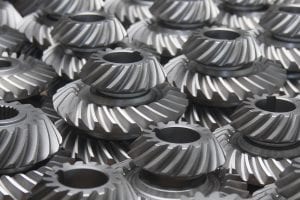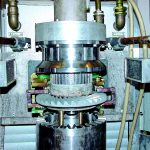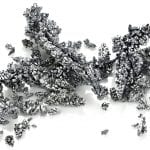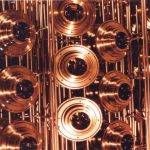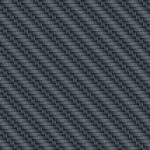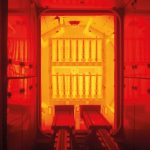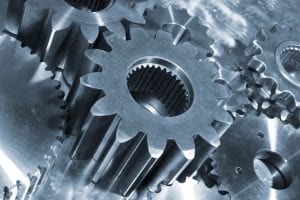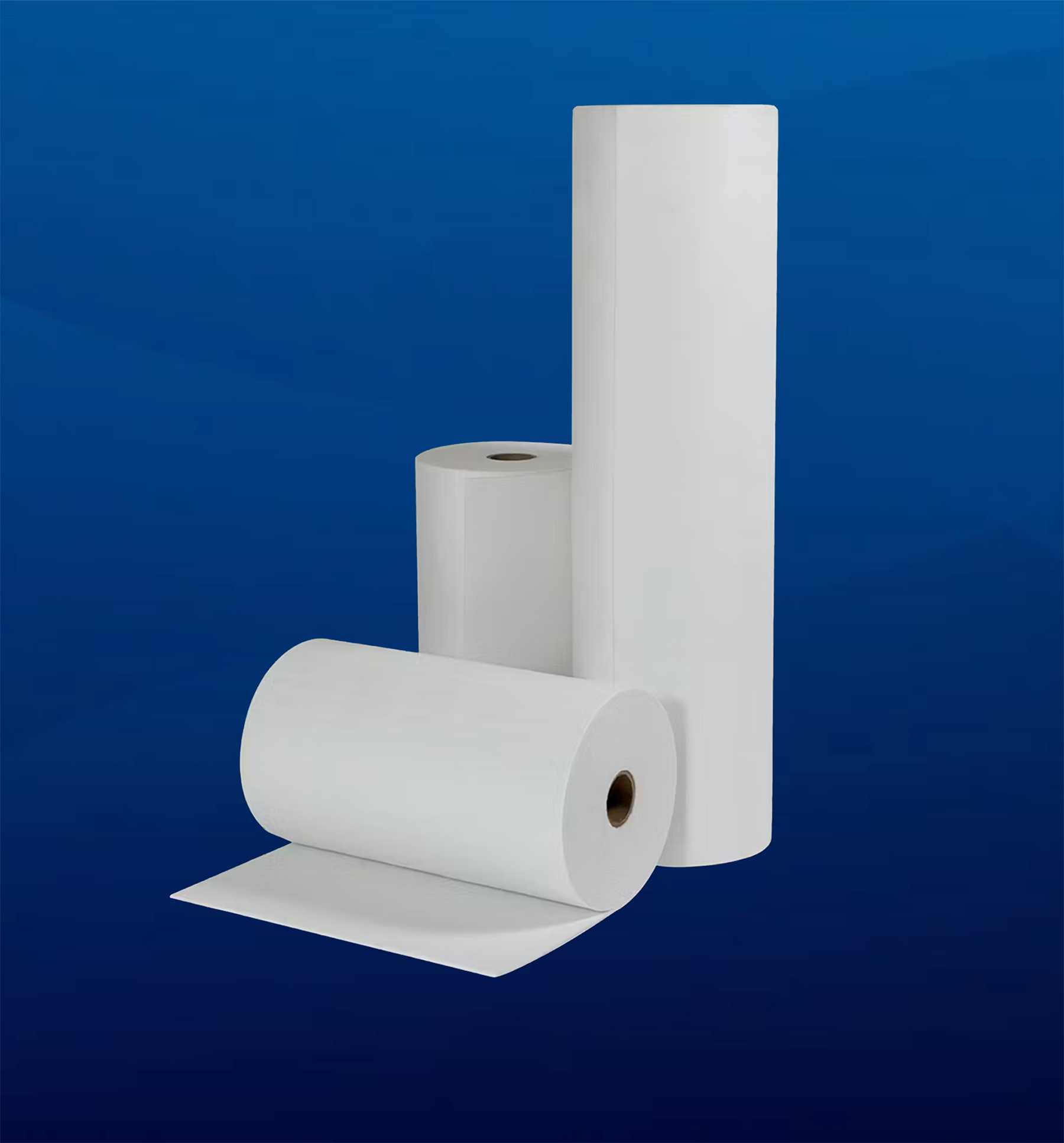It can be a real challenge to select the right thermocouple wire for accurate temperature measurement. You not only have to determine the type of thermocouple elements to use, but also the temperature range, calibration accuracy, and insulation type for your application. With thousands of different configurations, it’s still far less complicated than thermocouple and instrumentation cable circuits. Regardless, it is important to know how to control noise in instrumentation circuits.
When considering cables for applications, engineers have to make sure the cables they specify make sense, not only in mechanical performance but also in signal or electrical properties performance. The type of signal transmitted by the sensor is related to its sensitivity to noise: The lower the voltage level and the higher the impedance of a circuit, the greater the circuit’s sensitivity to noise of all types.

Four Common Sources of Noise
There are four types of major noise that must be understood and some commonly accepted solutions for each noise type.
Common Mode
Problem: Different ground potential at each location in a process plant causes common mode noise to be a problem. Two different grounds in an instrument circuit mean a current will flow between them, causing noise to be added to the signal being transmitted.
Solution: Using a receiver that has a high common mode rejection ratio will control this type of common mode interference.
Problem: A second type of common mode interference will occur even when a high-quality receiver is being used and is a particular problem in thermocouple extension cable circuits. Most thermocouples used are the “grounded” type. That is, the couple is connected physically and electrically to the well in which it is installed. When a thermocouple circuit shield (or any nearby metallic object, such as conduit, tray, building frame, etc.) is at different potential than the couple, charging currents flow in the extension wire, causing interference to be superimposed on the thermocouple signal.
Solution: Grounding the shielded circuit at the couple and only at the couple will eliminate noise problems from common mode. Multi-pair cables used with thermocouples must be individually shielded, isolated pair shield type so that the shield circuit may be maintained at the individual couple ground potential all the way back to the control room.
Cross Talk
Problem: Cross talk occurs with AC instrument signals, especially pulse-type signals, where more than one circuit are carried in the same cable. It is the tendency for a signal to be coupled from one pair to another within the cable, resulting in noise being superimposed on a circuit.
Solution: Cross talk noise may be eliminated by the use of cables with individually shielded, isolated pair shields. The pair shield protects against noise picked up from adjacent pairs, as well as reducing noise by the pair it surrounds.
Static
Problem: Static interference is caused by the electric field radiated by a voltage source being coupled capacitively into the instrument circuit.
Solution: The best way of fighting static noise is to place the circuit inside a total coverage shield, which isolated the pair of wires from the outside influence. The grounded shield intercepts static interference and carries it off to ground. The shield must be grounded in order to reduce static noise; an ungrounded shield will not reduce noise.
Magnetic
Problem: Magnetic noise is produced by currents flowing through conductors and pieces of electrical equipment such as motors, generators, etc. As the current flows through equipment, a magnetic field is radiated around the conductor. As this field passes through the space between the conductors in a circuit, a current is set up in the circuit to oppose the magnetic field (transformer action). This current causes a noise to be superimposed on the signal in the instrument circuit.
Solution: The best way of compensating for this type of noise is to twist the wires in the instrument circuit. Twisting causes the noise to be cancelled in adjacent sections of the wire. This is the least expensive, most effective way of combatting magnetic noise.
Installation Considerations
Table 1 classifies several environmental areas as having low, medium, or high noise levels. This is intended to give a relative indication of how much noise is expected in a particular installation and how far to go in protecting against noise for the particular instrumentation circuits involved. As always, results may vary.

Plant Installation
Besides the electrical problems that must be considered in choosing the proper wire and cable, you should also consider what a particular wire or cable installation must withstand from a mechanical standpoint. Here are a few to keep in mind:
- If a cable is being installed in an open tray — or ungrounded — armored or ER rated cable should be provided to protect against damage from crushing or the impact of falling objects.
- If the cable is to be pulled a great distance, suspended from two points, or buried where shifting ground will cause tensile forces on the cable, an armor that acts as a strength member should be considered.
- Armoring should be used where crush and impact resistance are required.
- Where tensile strength is important, served wire armor will provide this protection, as well as crush and impact resistance.
Necessary Precautions
Precautions taken during design, engineering, and installation also can reduce the effects of noise considerably. For example:
- Routing of instrument cables away from noise sources such as power cables, motors, generators, and any arc-producing equipment will greatly reduce the chances of noise pickup.
- Putting signals of the same relative strength into the same cable and excluding any higher level signals will reduce the chances of cross talk.
- Shielding of data transmission circuits will reduce pickup by nearby instrument circuits.
- Twisting of control and power cables will reduce the magnetic noise pickup in nearby instrument circuits.
- Separation of instrument circuits from noise sources will reduce the noise problem considerably, as both static and magnetic fields fall off fairly rapidly as distances from the source is increased.
 Ground Rules for Shields
Ground Rules for Shields
Where shields are employed in both the single pair wires and in multi-pair cables for noise protection, there are some important ground rules to follow:
- To protect against common mode noise pickup within the wire and cable, a shield circuit should be grounded at the point where the instrument circuit is grounded and isolated from all other grounds (i.e., with a grounded couple, ground the shield on the extension wire at the couple).
- As the shield circuit is carried back to the control room through a junction box and a multi-pair cable, be sure to connect the pair shield in the cable to the single pair which leads to the couple without grounding the shield in the junction box or connecting it to any other shield (on other pairs).
- The shield should not be grounded in the control room.
- Ground all shields. An ungrounded shield will not provide noise protection.
- Ground a shield at one point only.













